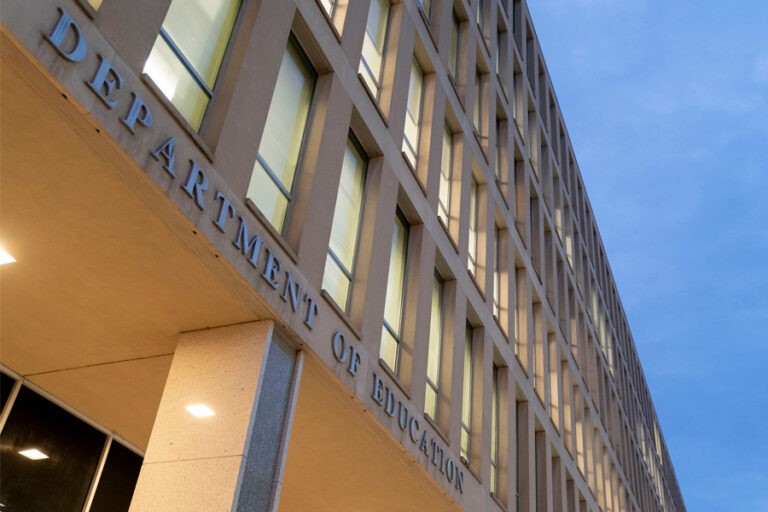On April 29, 2025, the House Education and Workforce Committee advanced legislation through the budget reconciliation process that would cut more than $330 billion from federal higher education programs. Framed as a response to the student debt crisis, the bill includes significant changes to loans, repayment plans, Pell Grant eligibility, and institutional accountability – raising serious concerns about access for low-income and nontraditional students.
What We Know:
- Pell Grant Changes: Redefines full-time enrollment as 15 credit hours per semester, reducing awards for part-time students and eliminating Pell eligibility for students attending less than half-time – disproportionately affecting working students and caregivers.
- Risk-Sharing Model: Introduces financial penalties for institutions based on program outcomes, potentially disadvantaging independent colleges and those serving students in public service fields.
- Loan Program Cuts: Eliminates the Grad PLUS loan and undergraduate in-school interest subsidy – both critical supports for graduate and service-oriented education.
- Graduate Borrowing Caps: Imposes loan limits of $100,000 for non-professional programs and $150,000 for professional degrees, potentially restricting access to fields like health care, theology, and the arts.
- Federal Aid Price Controls: The bill would tie federal aid to the “median cost of college,” disregarding the differences between public and private institutions and threatening to push more students into private loans.
On May 2, President Trump released a FY26 “skinny budget” proposing further cuts, including the elimination of Federal Work-Study, the Supplemental Educational Opportunities Grant (SEOG), TRIO, and major reductions to the National Aeronautics and Space Administration (NASA), National Science Foundation (NSF), and National Institutes of Health (NIH) – agencies that provide vital research grants to universities.
LMU remains actively engaged in state and federal advocacy, engaging with national associations and policymakers, to underscore the harmful impacts these proposed cuts and changes would have on students and community.

